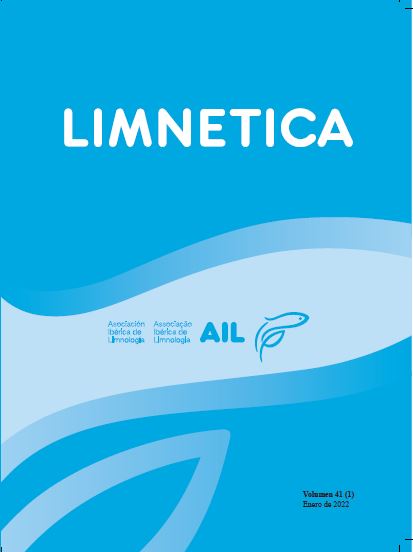Analysis of the zooplanktonic community in rice fields during a crop cycle in agroecological versus conventional management
Resumen
This study investigated the zooplankton community in rice fields with different management practices: conventional crop (CC) and agroecological crop (AE). In both wetlands, physicochemical parameters and pesticide residues in water and sediment were measured, and the structure of zooplankton was analyzed. Environmental parameters did not show significant differences between the wetlands. In AE samples, no pesticide residues were recorded in water; only bentazone residues were found in sediment. In CC water samples, bentazone, glyphosate, and AMPA were found, while bentazone, AMPA, clomazone, imidacloprid, and tebuconazole were detected in sediment. AE rice field presented significantly (p < 0.01) higher richness of Cladocera taxa, which is considered the most sensitive group among zooplankters, as well as abundance of rotifers, diversity, and evenness of taxa (p < 0.05). In contrast, in CC, only the dominance was significantly (p < 0.05) higher than in AE, mainly explained by the dominance of smaller species and copepods, considered more tolerant. The percentage of dissimilarity between crops was high (79.9 %). Through different biological indicators and ecological indices, we conclude that the AE rice field showed better environmental quality than CC. This study contributes to understanding the effect of pesticides on zooplankton and alerts about the importance of diversifying crop management practices and diminishing the use of agrochemicals in rice production.
Descargas
Publicado
Número
Sección
Licencia
Los autores que publican en esta revista están de acuerdo con los siguientes términos:
- Limnetica está bajo una licencia de Creative Commons Atribución-NoComercial 4.0 Internacional.
b. Los autores pueden establecer por separado acuerdos adicionales para la distribución no exclusiva de la versión de la obra publicada en la revista (por ejemplo, situarlo en un repositorio institucional o publicarlo en un libro), con un reconocimiento de su publicación inicial en esta revista.
c. Se permite y se anima a los autores a difundir sus trabajos electrónicamente (por ejemplo, en repositorios institucionales o en su propio sitio web) antes y durante el proceso de envío, ya que puede dar lugar a intercambios productivos, así como a una citación más temprana y mayor de los trabajos publicados (Véase The Effect of Open Access) (en inglés).


